Navigating Thailand’s bustling streets can be an adventure in itself, especially when relying on the iconic songthaew, or "two rows" in English. These converted pickup trucks, with benches lining their beds, serve as the backbone of public transportation in many Thai cities. What makes them particularly fascinating is how their colors often denote specific routes—a system that, while informal, is deeply ingrained in local transit culture. For travelers, understanding these color codes can mean the difference between a smooth journey and an unintended detour.
In Chiang Mai, the red songthaew is the most ubiquitous. These operate as shared taxis, roaming the city without fixed routes. Passengers simply flag one down, negotiate a fare, and hop on. While convenient, this lack of structure can be confusing for newcomers. In contrast, yellow songthaews follow more predictable paths, often shuttling between the city center and suburbs like Mae Rim or San Kamphaeng. The yellows are a favorite among locals commuting for work, offering reliability at a modest price.
Venturing to Pattaya, the color dynamics shift dramatically. Here, the blue songthaews dominate, running fixed routes along Beach Road and Second Road. These are ideal for tourists hopping between hotels, shopping districts, and the infamous Walking Street. Meanwhile, white and yellow variants cater to longer hauls, connecting Pattaya to outlying areas like Naklua or Jomtien. Unlike Chiang Mai’s red trucks, Pattaya’s songthaews rarely deviate from their circuits—a blessing for those who prefer predictability.
Bangkok’s songthaews are a rarity, but where they appear—such as in the outskirts or older districts—they’re often green or orange. These tend to serve residential communities, bridging gaps where conventional buses don’t reach. In northern cities like Lampang, cream-colored songthaews echo the vintage charm of horse-drawn carriages (which still operate there), while in Phuket, turquoise-blue trucks ply the hilly routes between Patong and Phuket Town, their colors mirroring the island’s coastal hues.
The system isn’t without its quirks. Colors can vary even within the same province, and drivers occasionally switch routes based on demand. In smaller towns, songthaews might not adhere to any color scheme at all, relying instead on word-of-mouth or hand signals. Yet this fluidity is part of their charm. Unlike sterile metro systems or regimented buses, songthaews embody Thailand’s improvisational spirit—a blend of practicality and chaos that somehow always gets you where you need to go.
For travelers, a few tips can ease the learning curve. First, observe where locals board and alight. Second, don’t hesitate to ask; drivers are usually happy to clarify routes, albeit sometimes in broken English. Lastly, keep small bills handy—exact change is appreciated, especially during peak hours. Mastering the songthaew’s colorful logic isn’t just about logistics; it’s a rite of passage, offering a glimpse into the rhythms of everyday Thai life.

By Sarah Davis/Apr 14, 2025
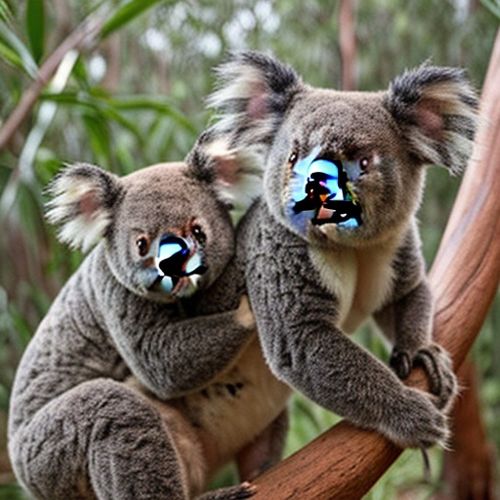
By James Moore/Apr 14, 2025
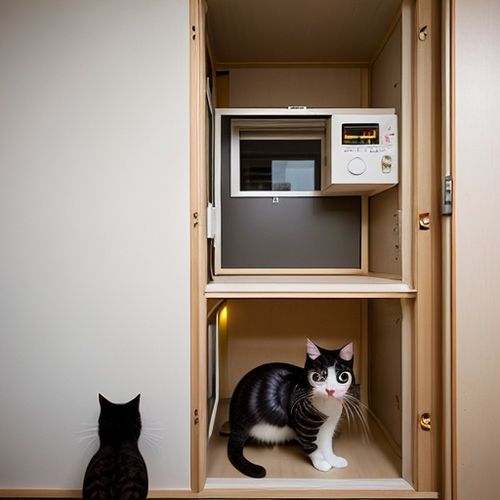
By Victoria Gonzalez/Apr 14, 2025

By Christopher Harris/Apr 14, 2025
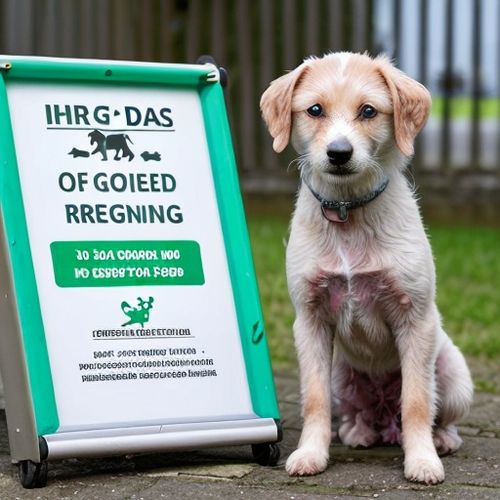
By Megan Clark/Apr 14, 2025

By Benjamin Evans/Apr 14, 2025

By Emily Johnson/Apr 14, 2025
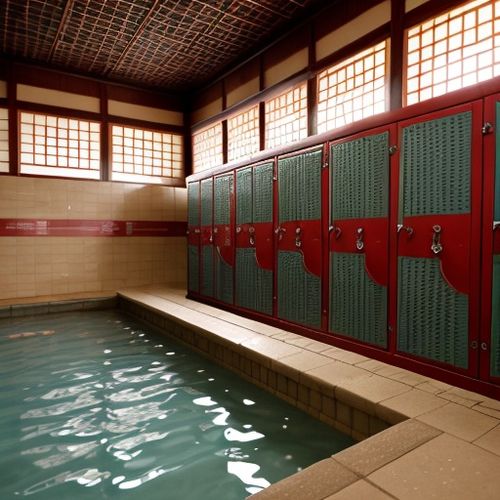
By Laura Wilson/Apr 14, 2025

By Victoria Gonzalez/Apr 14, 2025
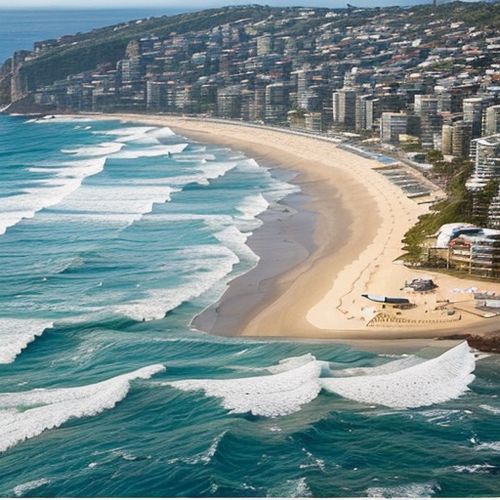
By John Smith/Apr 14, 2025

By Jessica Lee/Apr 14, 2025

By Noah Bell/Apr 14, 2025

By John Smith/Apr 14, 2025

By Benjamin Evans/Apr 14, 2025
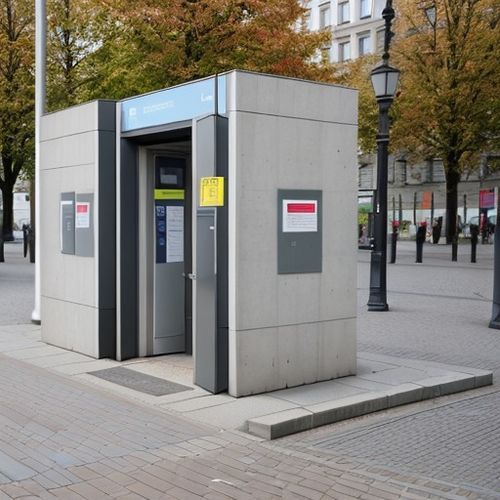
By Ryan Martin/Apr 14, 2025

By Megan Clark/Apr 14, 2025
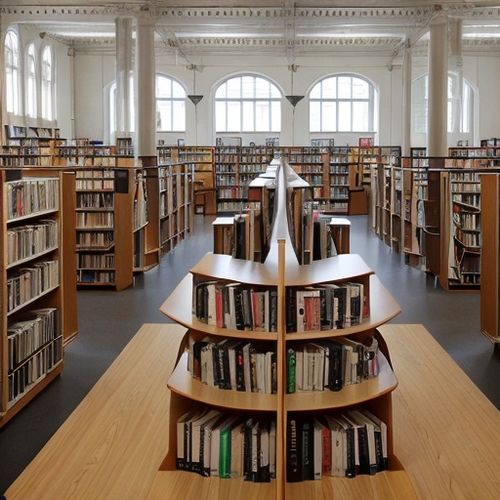
By John Smith/Apr 14, 2025
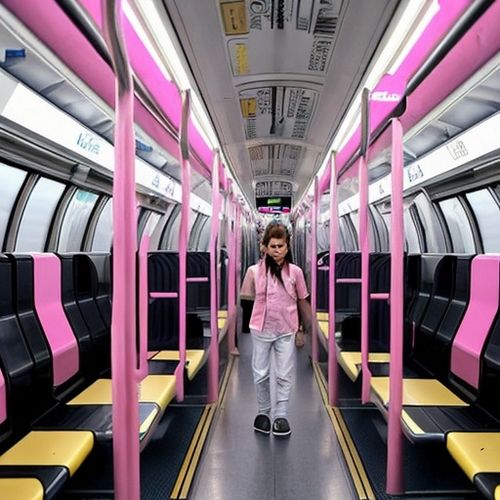
By Natalie Campbell/Apr 14, 2025
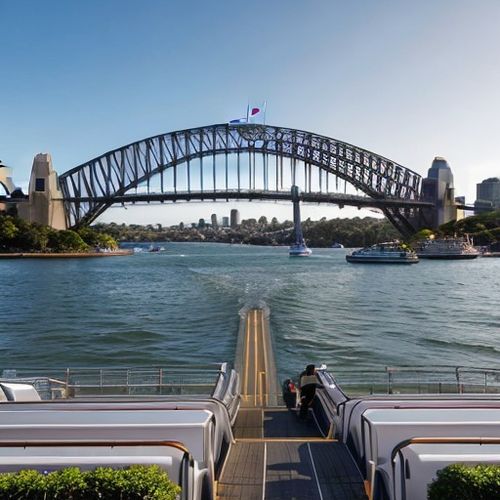
By Noah Bell/Apr 14, 2025
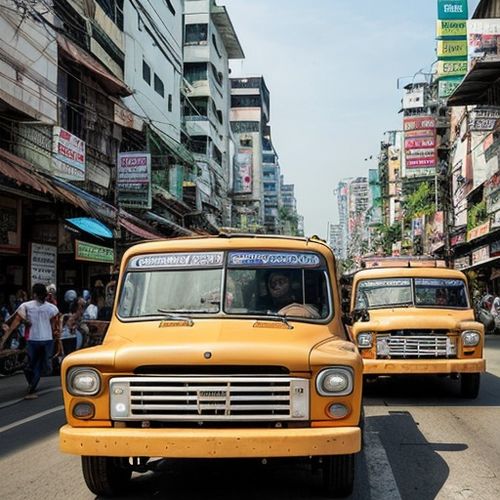
By Lily Simpson/Apr 14, 2025